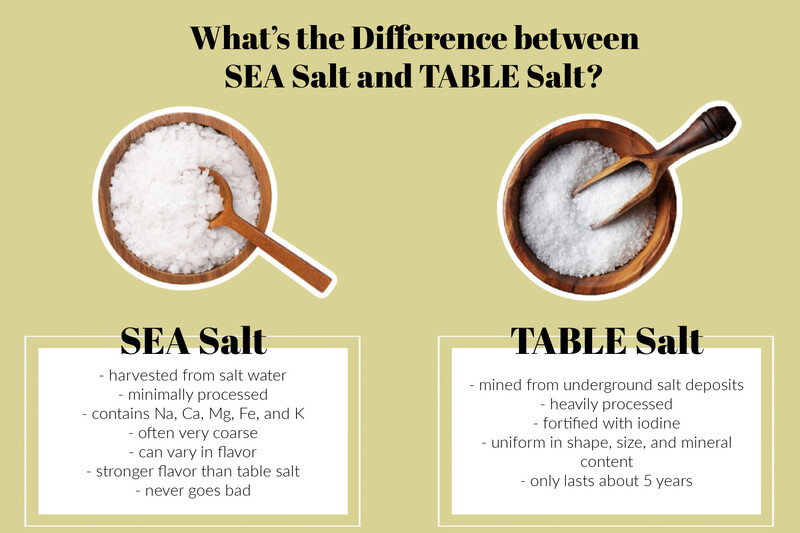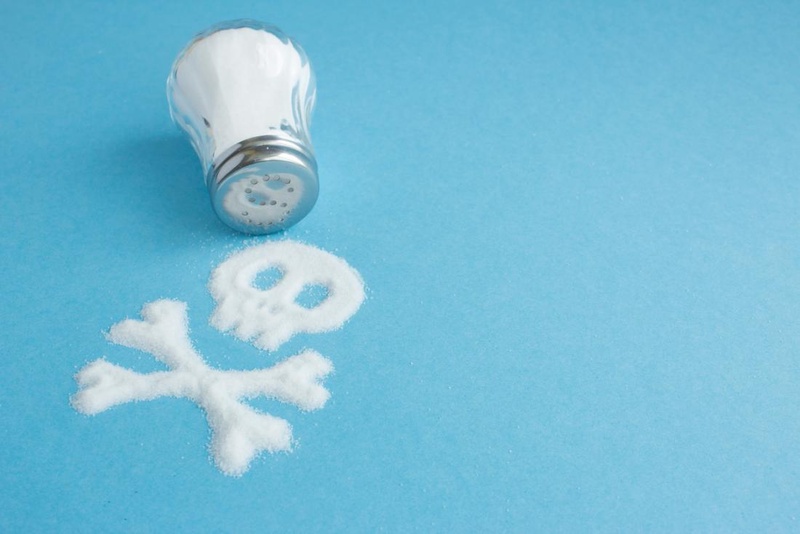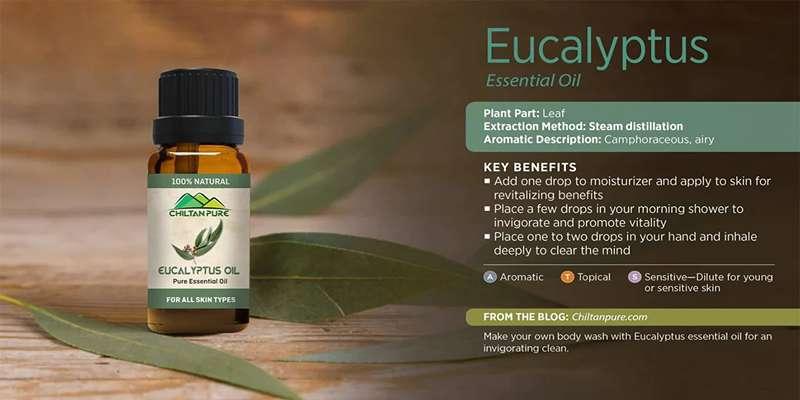Understanding Sea Salt and Table Salt
Jun 12, 2024 By Madison Evans
Salt, a familiar item in cooking and foodkeeping, is not the same everywhere. Two types of salt are widely used in kitchens globally, sea salt and table salt. They have their unique features. This article investigates the contrast between sea salt and table salt, covering health impacts, uses as well as possible side effects.
Production and Processing
Salt from the sea is made by letting seawater evaporate. Usually, it goes through very little processing and keeps some small minerals like magnesium, calcium, and potassium. These minerals give sea salt its taste and appearance different from table salt. On the other hand, table salt comes out of underground salt places and gets a lot of cleaning to take away impurities plus minerals. Normally, table salt contains extra substances like anti-caking agents to stop it from sticking together. It is also often fortified with iodine, which is a necessary element for proper functioning of the thyroid.
Making sea salt normally uses natural ways such as sunlight evaporation which may take weeks to months based on the weather. The time it requires for this process can be very different, and its size or effect on the environment can differ too; those who make sea salt in small quantities might do so with an environmentally friendly method while larger operations could have a potential impact on marine ecosystems. Mining table salt, even though it's efficient, typically involves more mechanical steps and might cause substantial changes in the landscape as well as energy use.
- Sustainability: Artisanal sea salt production is often more sustainable than large-scale industrial methods.
- Additives: Table salt may contain anti-caking agents and other additives not found in sea salt.
Nutritional Differences

The main part found in sea salt and table salt is sodium chloride. But, because of the extra minerals present in sea salt, it has a bit different nutritional content. These minerals are there but they only make up a small portion and provide very minimal contribution to daily nutritional requirements. However, these minerals can have an impact on the taste and color characteristics of sea salts. However, the iodine enrichment in table salt is a major advantage for health. This mineral is essential to stop iodine deficiency disorders that can cause issues with the thyroid.
Despite the trace minerals found in sea salt, the real nutritional distinction compared to table salt is very small. The most important nutritional factor continues to be sodium content which needs monitoring so as not to exceed limits that could cause health problems from having too much sodium. People who need to add iodine into their diet may find it more convenient and consistent with table salt while sea salts could require extra outside sources to fulfill the dietary requirements of this nutrient.
- Iodine Source: Table salt is a primary source of dietary iodine, essential for thyroid health.
- Mineral Content: Sea salt's trace minerals, though present, contribute insignificantly to overall nutrition.
Culinary Uses
In cooking, the selection of sea salt or table salt is frequently based on personal liking for texture and taste. Sea salt has bigger grains that are rougher; it's often applied as a final touch to meals (sprinkled over food) before they're served up to boost their texture and flavors. The different sizes of grains can also be used to make a culinary presentation more decorative. Table salt, having small and equal grains, dissolves rapidly and uniformly. This makes it perfect for baking purposes as well as precise seasoning demands. Its consistency in measurement is why we can say that this type of salt has become a standard item in recipes where the exact level of saltiness matters.
Sea salt's rough texture and irregular shape can enhance the perceived quality of a dish, which is why it is often used by chefs for garnishing. On the other hand, table salt's uniformity ensures that recipes consistently produce the same results - such as in baked goods where precise measurements are crucial. The selection between these two types of salts can greatly affect how finished products feel, look, and taste.
- Texture: Sea salt adds a crunchy texture, ideal for finishing dishes.
- Consistency: Table salt ensures uniform seasoning, crucial for baking.
Health Effects
The health impacts of sea salt and table salt mostly come from their sodium levels, which are quite similar. When you use them in food, both kinds can increase your intake of sodium. Eating too much sodium is connected with different health problems like high blood pressure, heart disease, and stroke. So it is important to consume salt moderately regardless of the kind you choose. Sea salt's trace minerals are frequently stated as a health advantage, but the quantity is usually not enough to produce a noteworthy effect. Table salt's iodine provides an important nutrient that can stop iodine shortage; hence it is significant in numerous diets.
To keep your heart healthy, it is important to consume salt in moderation. Both types of salt have sodium content. Therefore, managing portion sizes and being mindful about the overall diet are key factors to prevent potential health risks from excessive intake of either kind. A liking for one type over the other might be based on various health aspects such as needing iodine or having sensitivity towards additives found in table salts like MSG (monosodium glutamate).
- Moderation: Limiting salt intake is vital to prevent hypertension and heart disease.
- Dietary Needs: Choose salt type based on specific health needs, such as iodine intake.
Potential Side Effects
Too much eating of sea salt or table salt can be bad for health. Having too many salts may raise blood pressure, which is a dangerous factor for problems related to heart and blood vessels. Some people could also get swollen or have problems with their kidneys from consuming lots of salt. Moreover, individuals who have particular medical issues like hypertension or chronic kidney illness must be cautious about the amount of sodium they consume. The anti-caking agents found in table salt are believed to be safe, but many people opt for sea salt because it undergoes less processing and contains fewer additives.

People with particular health conditions should talk to healthcare providers who can adjust their salt intake according to medical requirements. Being mindful of the sodium levels in different foods and favoring less processed options can assist in controlling health hazards linked with salt consumption. The choice between sea salt and table salt is usually a matter of balancing personal health factors against one's taste for specific types of food.
- Health Consultation: Seek medical advice for tailored salt consumption recommendations.
- Additive Concerns: Opt for sea salt to avoid additives found in table salt.
Environmental Impact
How sea salt and table salt are made has varying environmental effects. Creating sea salt is usually less harmful, as it depends on the natural evaporation of seawater. However, if not managed well, this method can disturb nearby environments. Table salt is often obtained through mining that needs more intense extraction processes, these actions might cause habitat disruptions and other worries for the environment. People who buy salt for their home use may need to include these factors when they think about the environmental impact of sea salt and table salt.
In salt production, environmental sustainability looks at the ecological footprint and methods used by the producers. By backing those who make salt sustainably and ethically, we can alleviate these damaging effects on the environment. Understanding these elements helps users select options that match their beliefs about protecting nature and being sustainable.
- Ecological Footprint: Consider the environmental impact of the salt production process.
- Sustainable Choices: Support producers with sustainable and ethical practices in salt production.
Conclusion
To sum up, sea salt and table salt possess distinct traits that determine their employment, health outcomes, and ecological influence. Being aware of these disparities might assist you in making educated selections regarding your eating habits and cooking methods.







